Apple announced today it will become the exclusive U.S. broadcast partner for Formula 1 starting in 2026, marking the company's most aggressive move yet into premium live sports streaming. The five-year deal brings all F1 races, qualifying sessions, and practice runs to Apple TV subscribers, with select races and practices available free in the Apple TV app.
The timing isn't coincidental. Apple's F1 movie starring Brad Pitt demolished box office records this summer, grossing $629 million globally to become the highest-grossing sports film ever made. The three-year collaboration between Apple Studios and Formula 1 to produce the film effectively served as an extended courtship that culminated in today's broadcast partnership.
"We are no strangers to each other, having spent the past three years working together to create F1 The Movie," said Stefano Domenicali, Formula 1's president and CEO, making the connection explicit.
The Sports Strategy Crystallizes
This F1 deal slots into Apple's broader live sports architecture alongside Major League Soccer and Friday Night Baseball. The pattern is clear: Apple is targeting sports with growth trajectories rather than established U.S. dominance. MLS signed a 10-year deal with Apple TV in 2022. MLB's Friday night package followed. Now F1, which has grown its U.S. fanbase to 52 million in 2024, joins the roster.
The calculus makes sense. F1's U.S. audience skews young (47% of new fans aged 18-24) and diverse (over half of new fans are female), aligning with streaming demographics. It's also cheaper to acquire than NFL or NBA rights while offering comparable growth potential in a market where F1 is still building awareness.
Integration Across the Ecosystem
Apple's approach differs from traditional broadcasters. F1 content will appear across Apple News, Maps, Music, and Fitness+. The free Apple Sports app will provide live race updates, leaderboards, and Live Activities for the iPhone Lock Screen. F1 TV Premium, the sport's own streaming service, will continue operating in the U.S. but exclusively through Apple TV subscriptions, bundled free for subscribers.
This ecosystem integration is the differentiator. While ESPN or NBC show races, Apple can thread F1 into daily user touchpoints across devices. Whether that translates to sustained viewership or just feature bloat remains to be seen.
The Movie Effect
The F1 movie's success provided both proof of concept and marketing runway. Its $629 million gross, 97% Rotten Tomatoes audience score, and "A" CinemaScore demonstrated appetite for F1 content in U.S. markets. The film streams on Apple TV starting December 12, perfectly timed to build momentum before the 2026 season launch.
Seven-time F1 champion Lewis Hamilton served as a producer, lending authenticity that resonated with racing fans while making the sport accessible to newcomers. That authenticity matters when you're asking U.S. audiences unfamiliar with F1 to pay for a subscription service.
What's at Stake
The 2026 season represents a major reset for F1 with new technical regulations, new teams, and redesigned cars. Apple gets to launch alongside this transformation rather than inheriting a mid-cycle product. That's strategic timing.
For Apple, the deal advances its Services revenue strategy while building content moats around Apple TV. The company has proven willing to spend on exclusive content, and live sports provide the appointment viewing that keeps subscribers locked in month after month.
Whether U.S. audiences will pay for yet another streaming service to watch F1 races at inconvenient time zones is the open question. Apple's betting that ecosystem integration, the halo effect from the movie, and F1's growth momentum will drive subscriptions. The next five years will test that thesis.
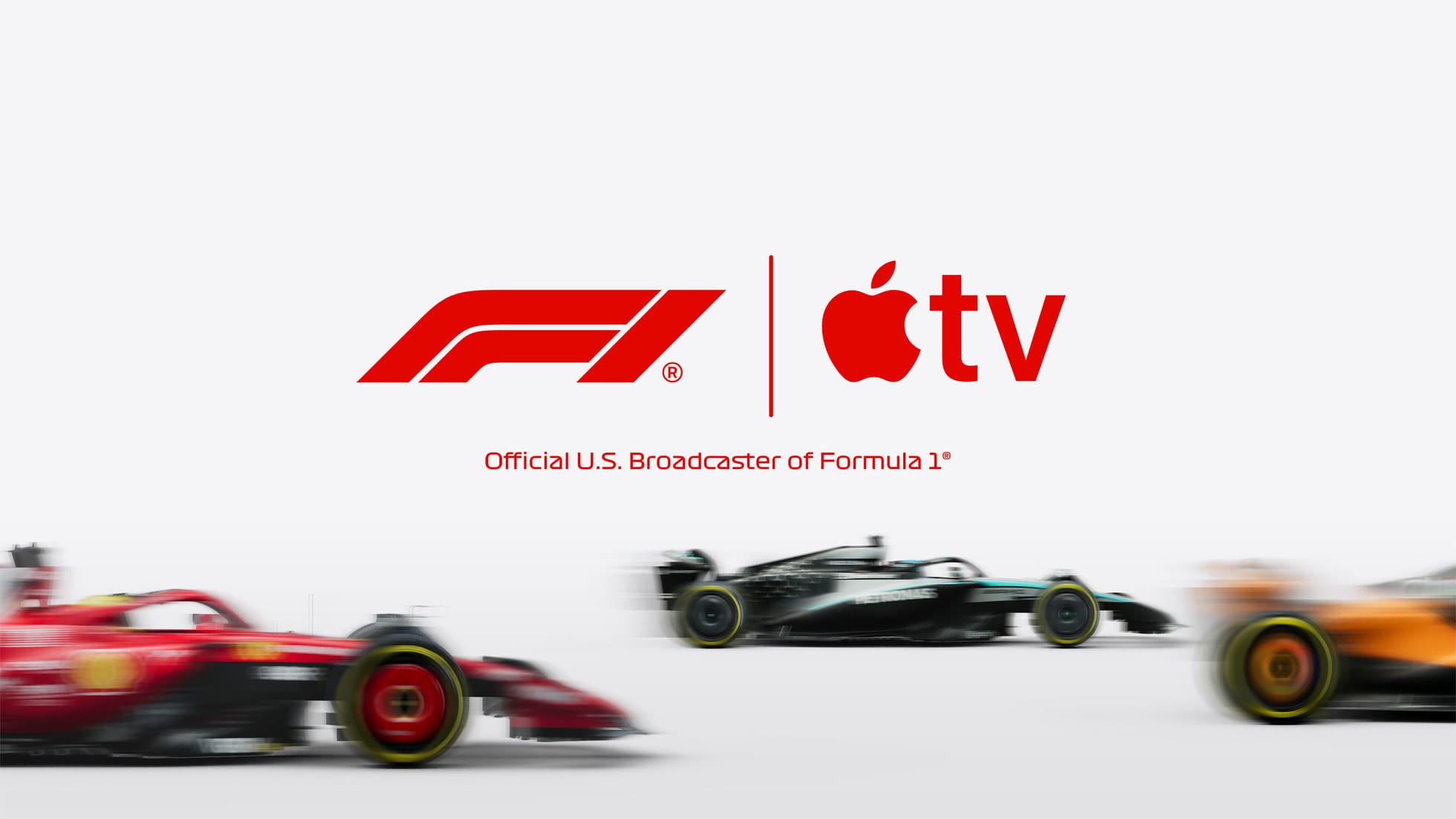







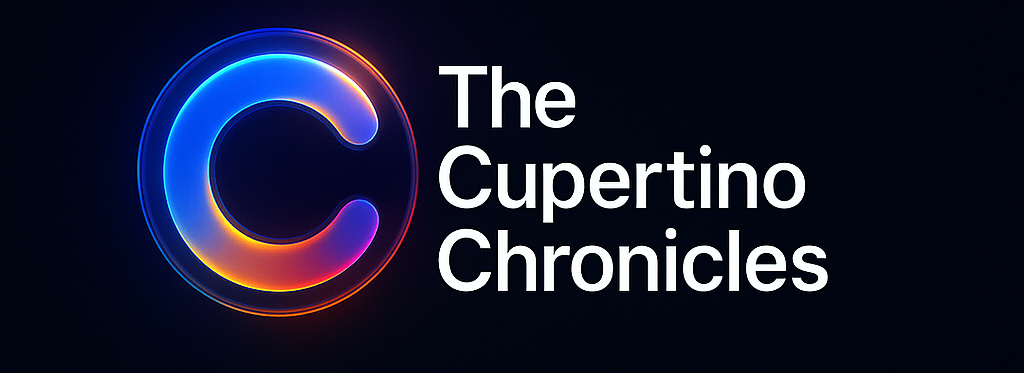
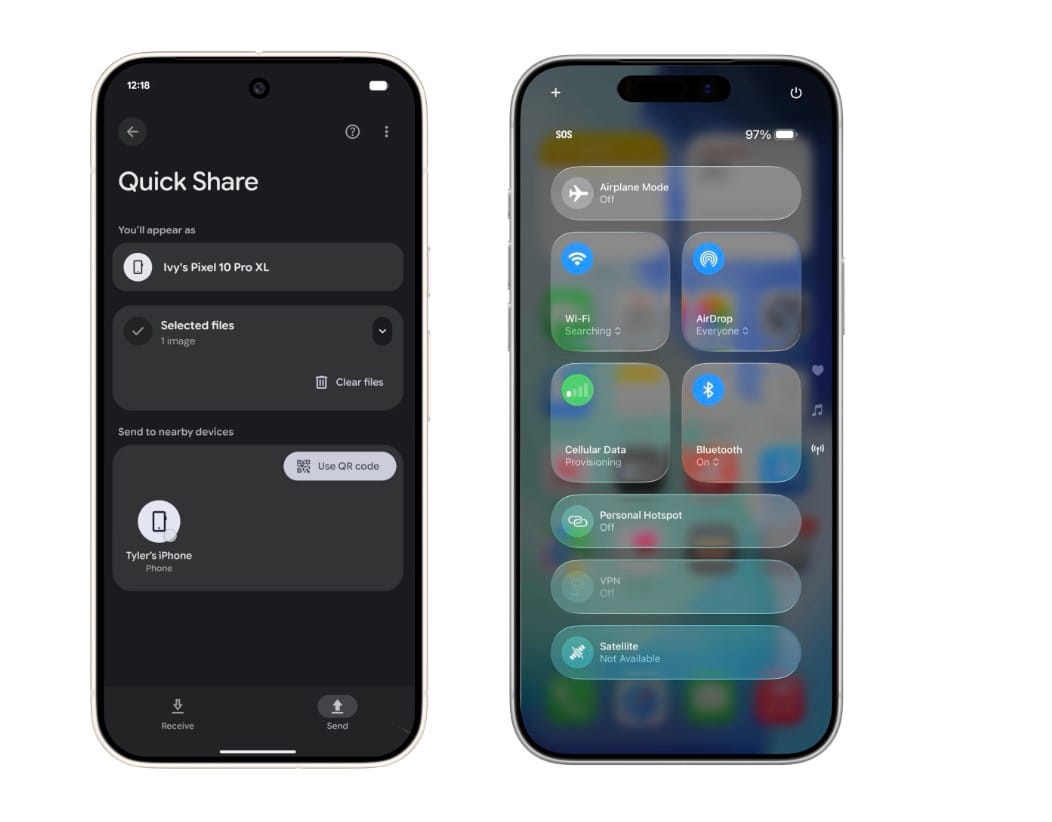
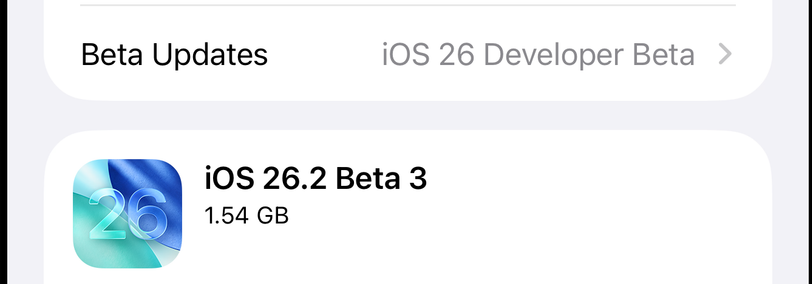
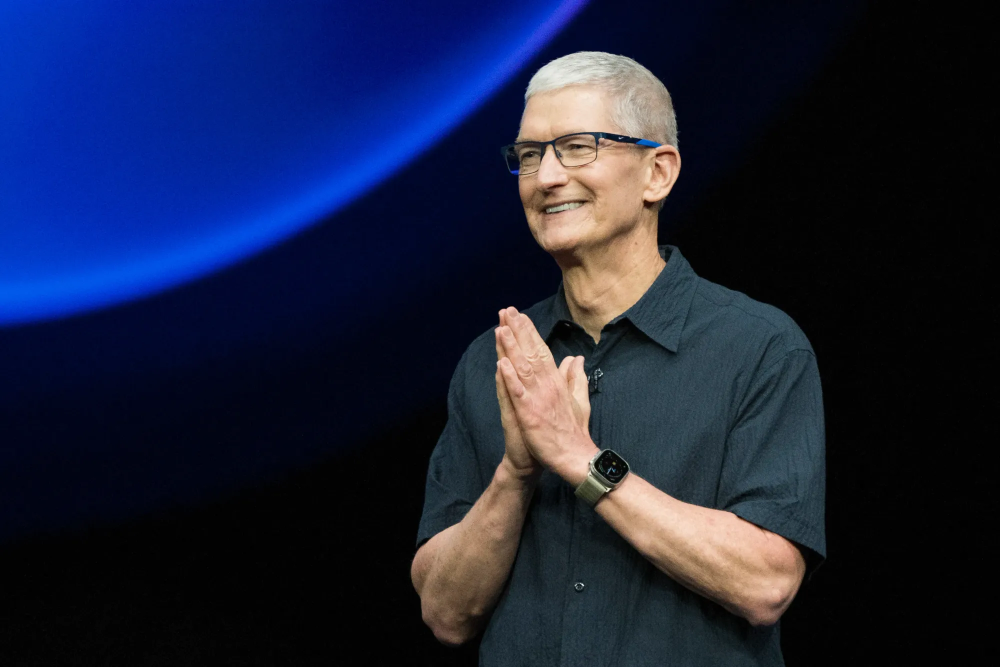
Discussion